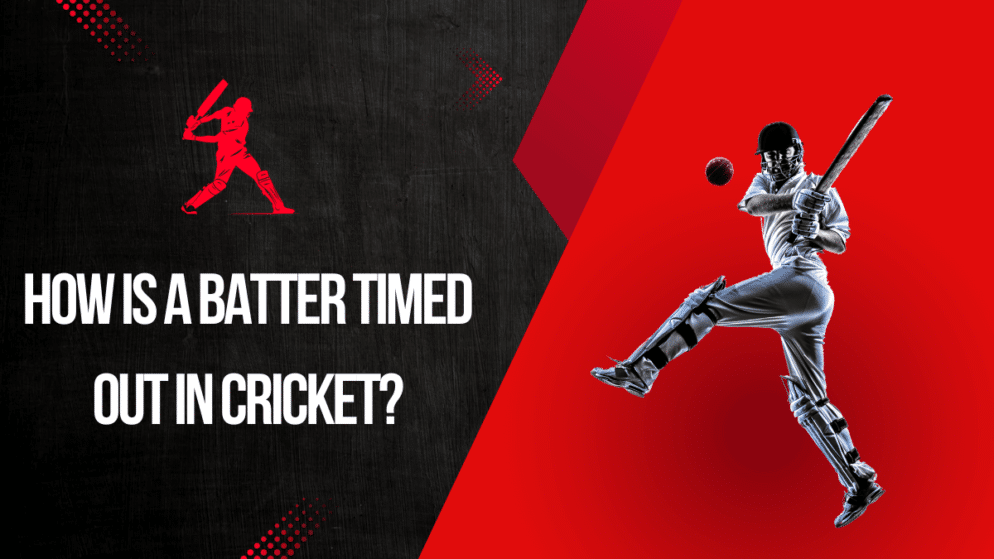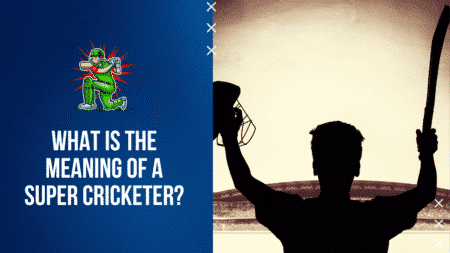

To be dismissed by a timed out law is a rarity in cricket. Six batters in first class cricket have been dismissed timed out. There has been only one instance in International cricket where a batter has been timed out.
Initially, the lawmakers of the sport never clarified on what would happen if a batter was late to the ground. Though they did mention in 1775 that the next incoming batter must reach the crease within two minutes of the previous dismissal, the repercussions for breaching this code was never mentioned.
Timed out as a mode of dismissal became official in 1980. The time required for the next incoming batsman remained two minutes. This was increased to three minutes at the turn of the century. This time limit is only 90 seconds in the shortest format of the sport, T20 cricket. This is the reason why T20 matches see the incoming batters padded up near the boundary lines and not inside the pavilion.
If a team realizes that they are at a risk of losing a wicket due to a timed out dismissal, they can minimize the damage by sending a batter with the least batting abilities. Most often, this batter is a tail-ender, and almost always, a No.11 batter. There is no fixed order in which teams send out their batters. Hence, sacrificing a No.11 batter would not be as damaging than getting a player with batting abilities dismissed.
It is notable to mention that a batter can be timed out but if the opposition captain does not appeal. The batter who is late to the crease shall then be allowed to play. Fielding captains also have the authority to retract their decision of timed out appeals.
The six players who have been dismissed for arriving late on the field were all playing first-class cricket. These incidents took place in first-class tournaments of India, South Africa, Zimbabwe, West Indies, and England. In international cricket, the solitary instance saw Angelo Mathews be timed out in a match against Bangladesh during the 2023 World Cup.








